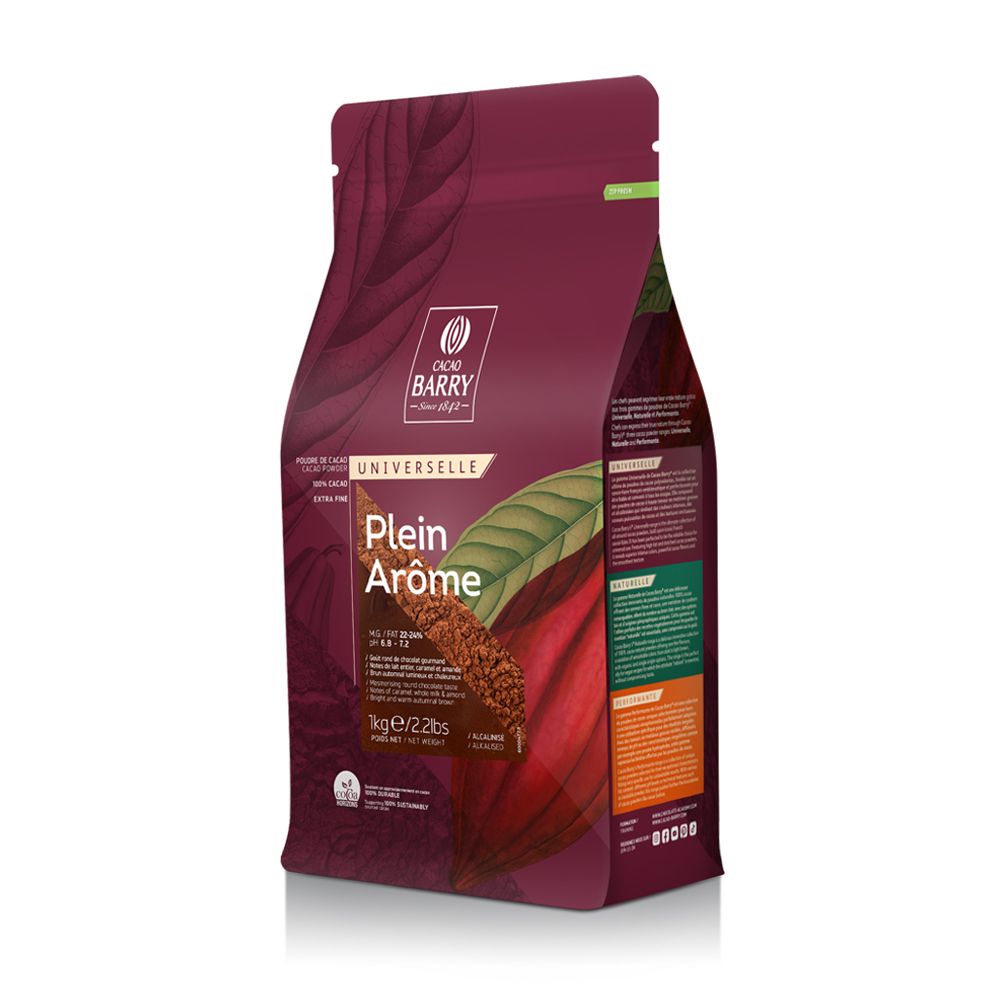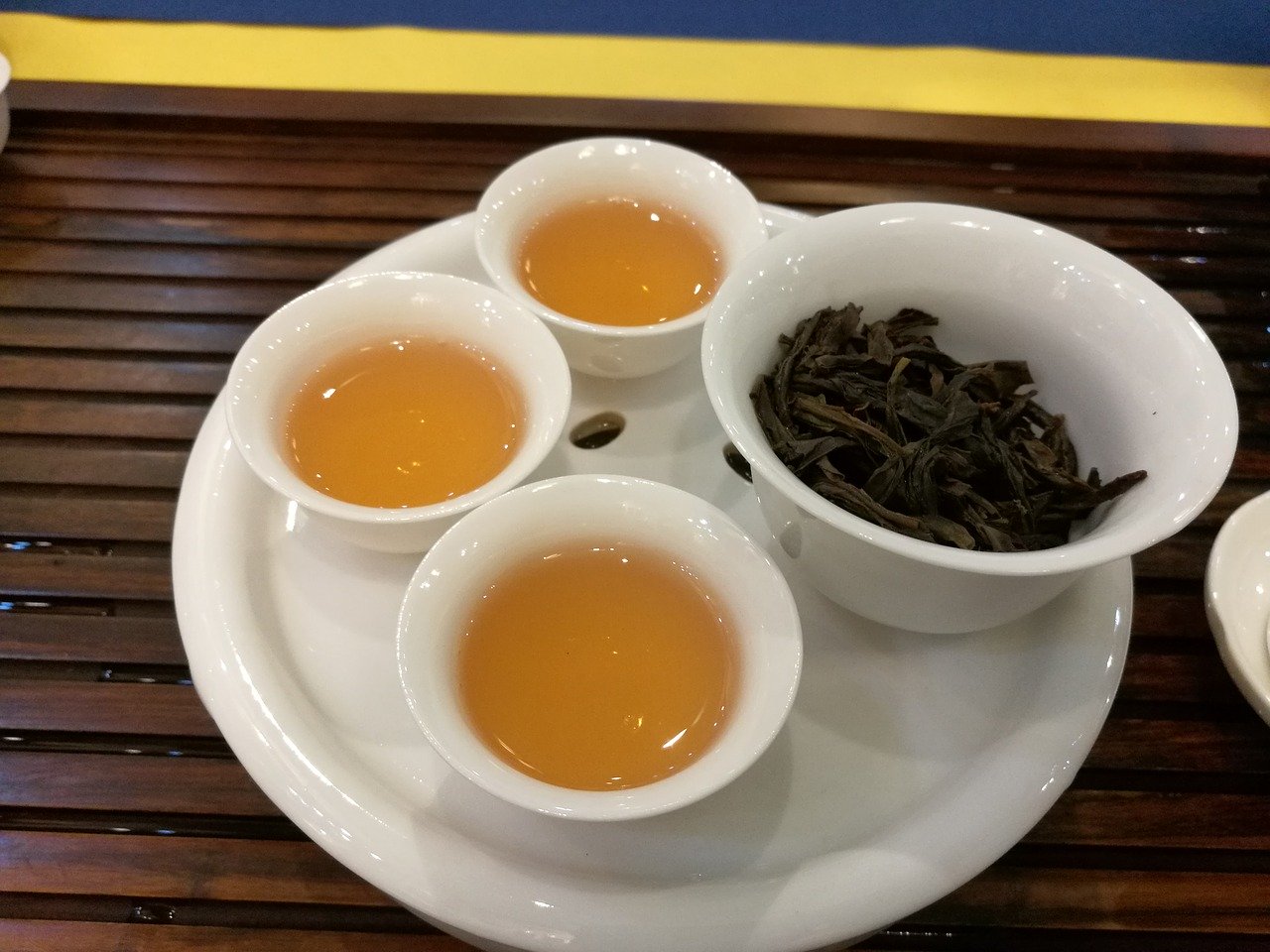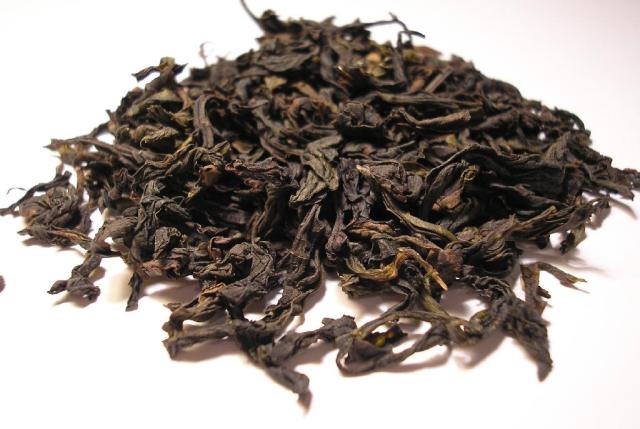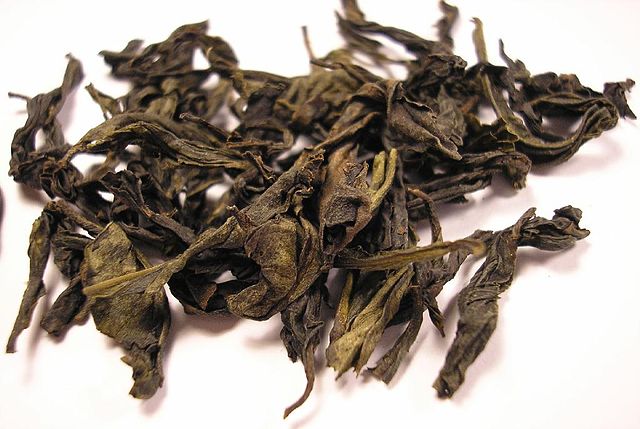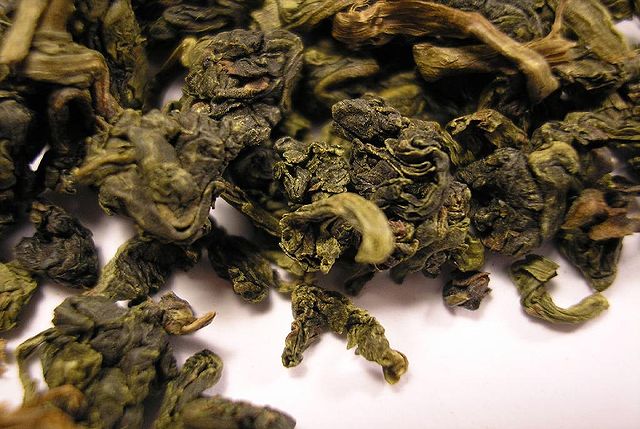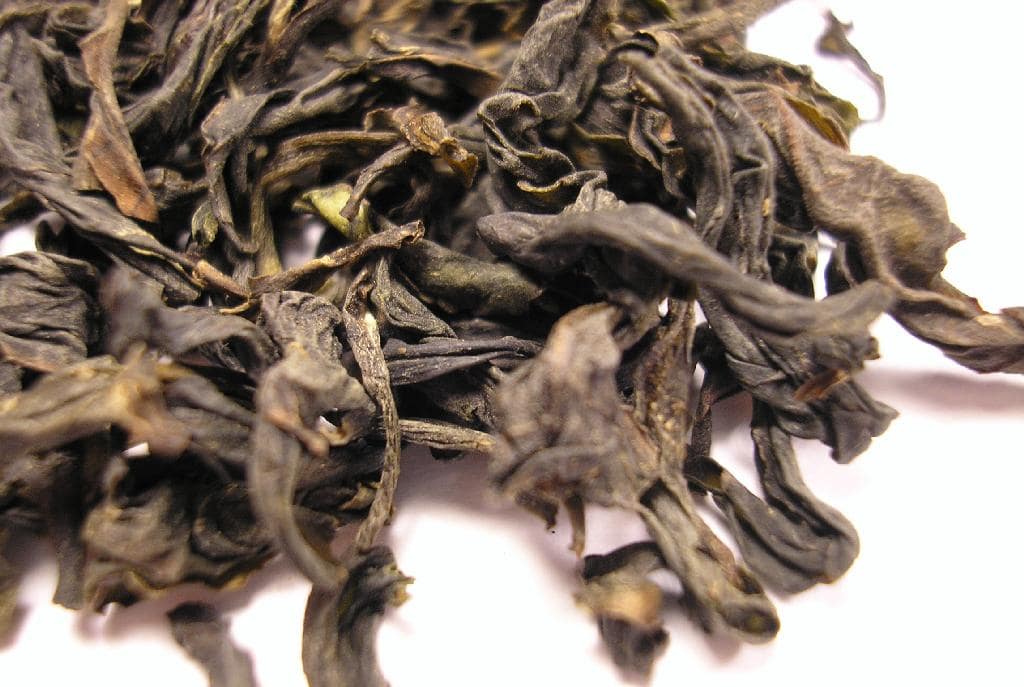Pairing Chocolate and Oolong Tea
How to Pair Oolong Tea with Chocolate
The word “Oolong” roughly translates to “black dragon,” which likely refers to the shape of the tea leaves. After the drying and roasting process, teamakers roll and curl the leaves to release the aroma, but also to loosely resemble that of a dragon. Oolong is made from the same plant Black & Green teas are harvested from, the Camellia Sinensis, but lies in between the two with regards to the flavor it omits once brewed. To put into perspective, black teas are highly oxidized, while green teas are not oxidized. Oolong teas are partially oxidized, resulting in an aroma which is “in the middle of the tea spectrum,” and is in between black tea’s robustness and green tea’s herbal notes. Originally cultivated in China, Oolong is now produced throughout Southeast Asia and some parts of India and Nepal, although the most popular varieties are grown in China and Taiwan. A difference in climates and processing can cause the brewed flavors to vary, although each are broken down with more information below!
Wuyi (Red Robe, Da Hong Pao) Oolong Tea
Wuyi, Red Robe, or Da Hong Pao Oolong Tea is also known as “rock tea,” as it is gorwn in the Wuyi Mountains in China, home to mineral-rich sediment which the vegetation is rooted in. The soil absorbs mountain minerals from rain run off, including phosphorus and iron, which are both essential for human health! Lighter-roasted Wuyi teas are more floral, although the earthiness comes to fruition through a darker roast. Authentic Wuyi comes from a protected growing region, resulting in a rarer, and more costly product.
Phoenix Tea (Dan Chong or Dan Cong) Oolong Tea
Phoenix Tea, Dan Chong, or Dan Cong Oolong Tea is named after the origin, the Phoenix Mountains of the Guangdong provience of China. The traditional flavor evokes ripened stone fruit and honey, along with woody undertones; of course, the flavor can vary depending on the growing conditions and the harvesting process, however. Grown at high altitudes, the leaves see drastic temperature changes throughout each day, not to mention the growing season as a whole. The constant temperature fluctuations yield a hardy plant with strong aroms, and intense fragrences.
Iron Goddess of Mercy (Ti Kuan Yin or Tie Guan Yin) Oolong Tea
Iron Goddess of Mercy, Ti Kuan Yin, or Tie Guan Yin Oolong Tea goes back, and legend has it a farmer from the Fujian provience Anxi region found a tea shoot behind a temple to the Chinese Goddess of Mercy. The tea is so delicious, at first, it was only offered to the Emporer and the Imperial Court prior to being publically available. The term “Iron” comes from the fact the tea requires heavy labor to produce. The roast of the leaves can take up to 60 hours, and traditional teamakers still do so by hand. The aroma is floral, with hints of orchid, but a longer roast evokes a darker, nuttier flavor profile.
High Mountain (Gaoshan) Oolong Tea
High Mountain, or Gaoshan Oolong Tea is grown at a high altitude in the Taiwanese mountains. The Chinese originally brought the crop to Taiwan in the early 17th century, and the blend has thrived ever since. The mountains often see thick clouds, which aid the leaves in developing a sweet, fruity flavor by blocking out most of the direct sunlight. The teas tend to be more lightly oxidized and roasted, omitting more similarities to green tea than black tea, and skews more floral, unlike other available Oolong blends.

